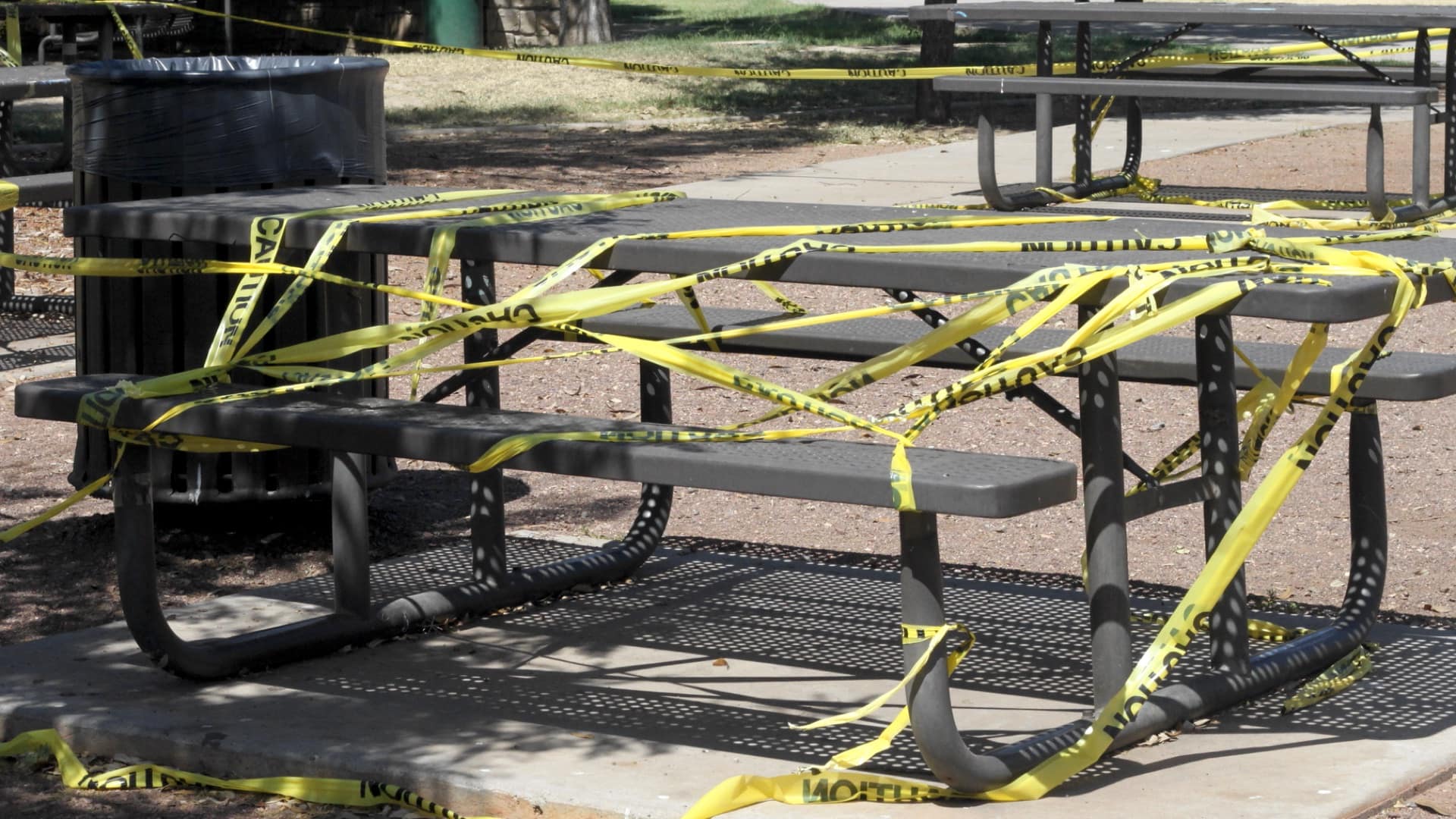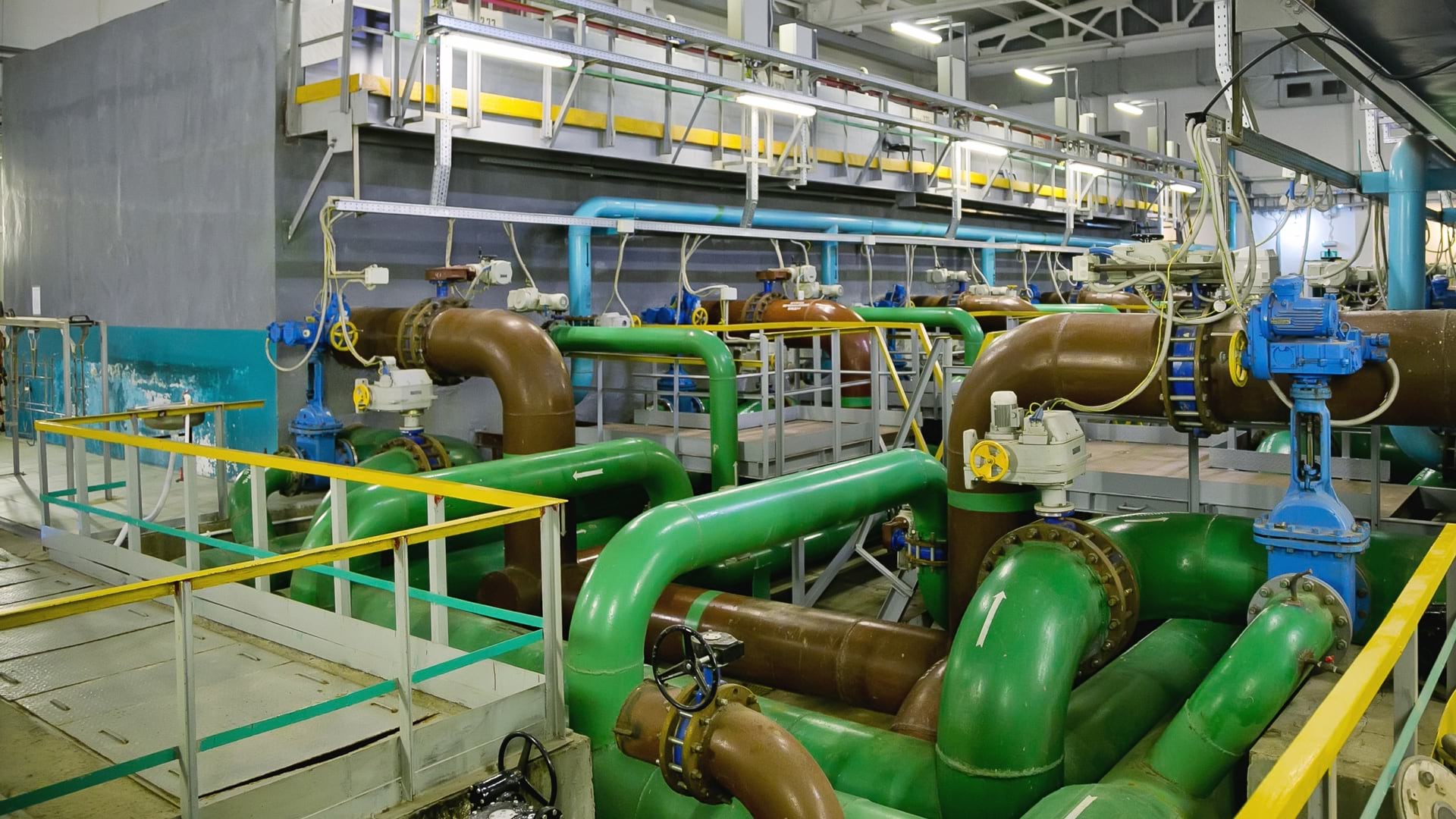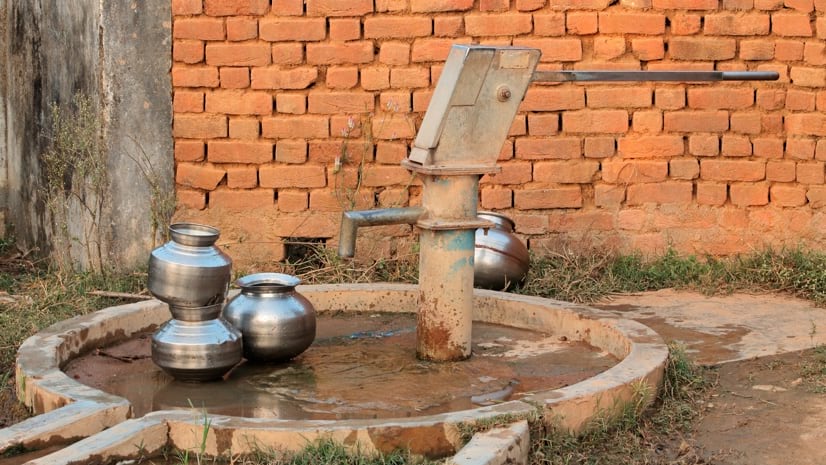
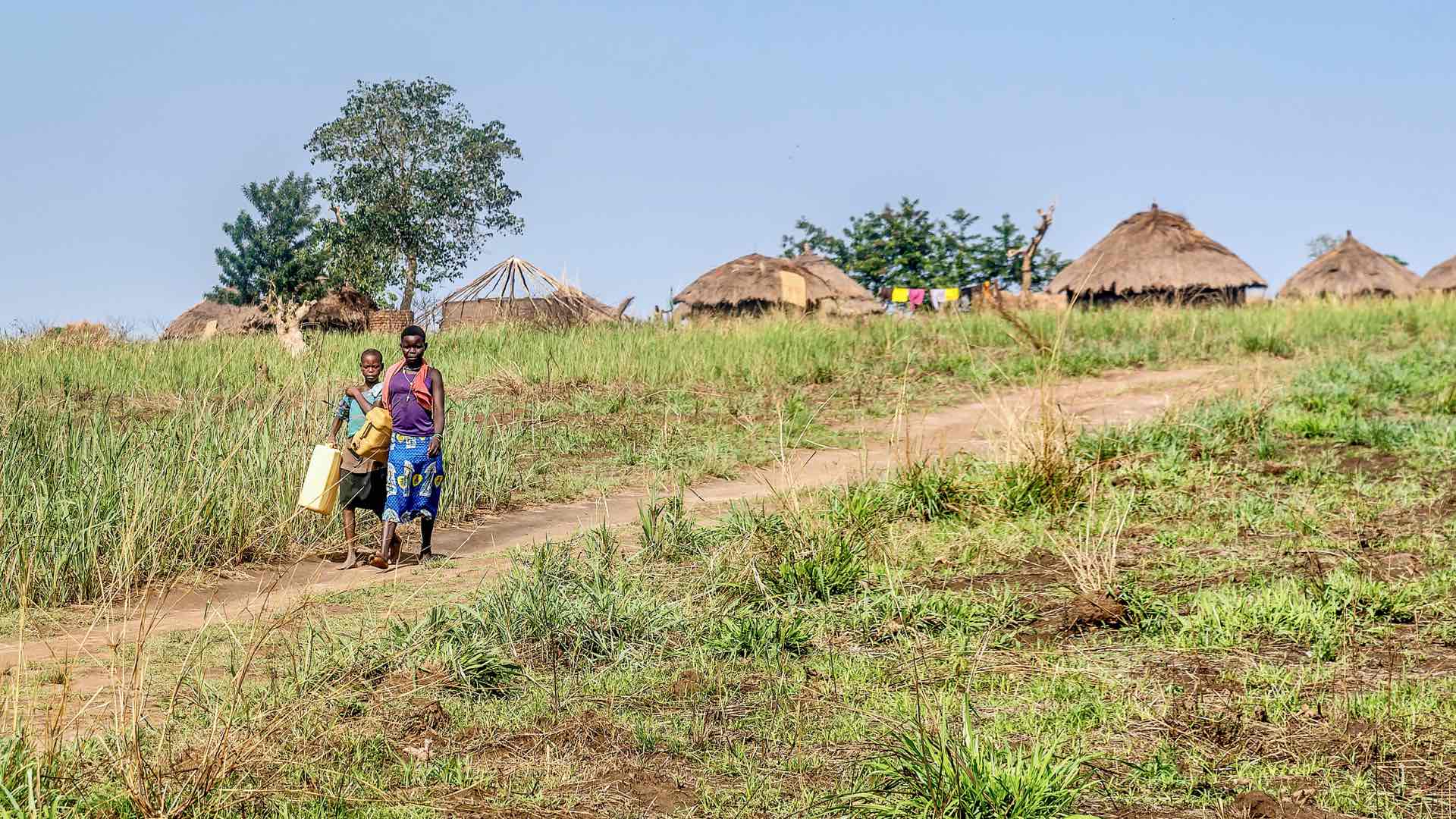
February 8, 2022

Nearly one-third of the world’s population—more than two billion people—lack access to safe water. And nearly all of them have no way of knowing if the life-sustaining liquid they draw from a village pump could kill them or make them deathly ill until it’s too late.
But an enterprising group of young computer coders in India has created a low-cost system that can go a long way in saving lives, preventing severe illness, and helping ensure that one of the most basic human needs—water—will not harm those who do not live near modern plumbing or have access to purification methods.
Chosen as the 2021 global winner of IBM’s Call for Code contest, the system that can alert people to the likelihood of contamination in the water they depend on for drinking, cooking, and cleaning has brought worldwide attention. One mainstream news source in India said the group’s invention could save millions of lives.
The need for a low-cost, easy-to-use system seems obvious today, especially now that it has attracted the attention of coders and geographic information system (GIS) users around the world. The first-place finish comes with a $200,000 prize and the promise of some guiding expertise to help take the idea from proven prototype to widespread deployment as a working solution.
Though praised as an astonishingly simple and workable solution, it took a frightening event to force the young coders and entrepreneurs to see the enormity of the problem and the urgency of the solution.
When Hrishikesh Bhandari found out that his mother had become severely ill from contaminated water, it set in motion a journey of discovery that may ultimately save many thousands of lives and relieve suffering. Through simple water-testing devices, cloud-based data storage, and machine learning, the Saaf water group has created a way to alert people in neighborhoods and villages that the water they depend on may sicken them.
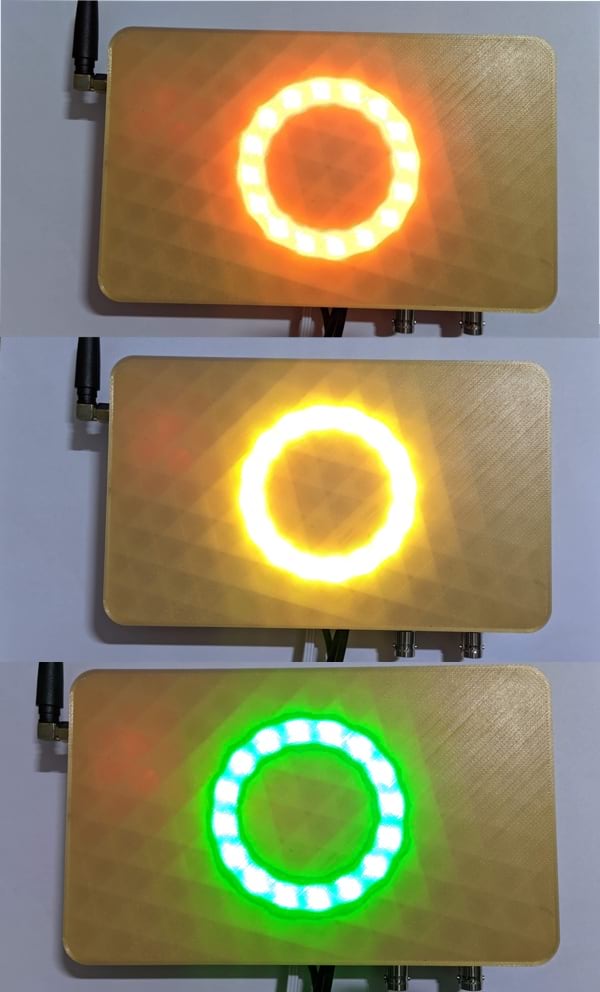
To make the data readily accessible and understandable to government entities and especially those who may be directly affected by tainted water, the group used GIS to plot data on maps and show contamination spots and areas likely to become health risks.
The GIS dashboard, along with color-coded and regularly updated smart maps, can keep residents aware of the quality of their drinking water in real time.
After thinking about his mother’s illness, Bhandari checked with his friends to see if anyone close to them also had suffered after ingesting tainted water from their village or neighborhood’s traditional source. He found water-related illness to be common. Everyone seemed to have a relative or friend who was sickened at some point by contaminated water.
Although parts of India are very modern, many areas still suffer from a lack of drinkable water and the treatment services to make it safe. As a 2020 United Nations (UN) report notes, the issue of contaminated water is complicated by the fact that areas without modern plumbing and treated water also have poorly managed garbage and human waste disposal systems. In fact, the UN report notes that 3.1 billion people—or 46 percent of the world’s population—fall into this category.
In the case of Bhandari’s mother, the doctors related her health decline to tainted water. It took three painful months for her to recover.
As the others in the group—Jay Aherkar, Satyam Prakash, Manikanta Chavvakula, and Sanket Marathe—did their research, they, too, were galvanized into action by what they found.
Bhandari said, “That’s why we thought, ‘Let’s build a solution around this,’ because it’s not a problem that just we’ve encountered, but it is a problem that everybody is going to encounter in the future or is encountering currently.”
As group members began to organize their thoughts and set up a plan to do something about the ongoing problem, they formed Saaf water. In Hindi, saaf means clean.
They decided that there had to be a way to help—an app or a device that could save lives, wouldn’t cost a lot, and would be easy for the average person to understand and use. They realized that to be effective, their device and the system have to be simple to operate and understand and low-cost to be within the reach of low-income communities.
They created a system with a light at the water source—green for safe, yellow for high likelihood of unsafe water, and red for warning of a confirmed contamination. The information and layers of data gathered from current and historic weather patterns, seasonal correlation, population growth, local farming methods, and commercial development reflect some of the trends affecting ground water quality.
The goal of Saaf is to put the hardware-software system in the communities that need it as soon as feasibly possible. That’s why the team members, while excited and humbled by their win, are also anxious to move into deployment and make good on their pledge to improve conditions for more than two billion people.
“My family felt proud,” Marathe said. “For me, it’s not about celebrating the win; it’s about getting a long-term responsibility to apply things and to take things forward.”
It’s not just a lack of proper human waste disposal or industrial runoff that causes biological and chemical contamination. Climate change adds another layer of complexity.
“Because climate change is on the rise, what is happening is sea level is rising and penetrating into groundwater. This pattern increases salinity and bacterial contamination,” Bhandari said.
After winning the IBM global challenge, the five have continued to refine their system. They are trying to collect data of all types, including historic weather patterns and current water quality. This data will help refine the algorithms that predict when chances of contamination are expected to increase. Warnings can be sent out to those in the area, and local governments can be alerted to begin more thorough testing of water.
To make the information accessible to as many people as possible, the group recognized the power of plotting data on maps.
“With maps, what happens is we can create a spatial awareness system,” Bhandari said. “Users will get a sense of depth. They’ll get a sense of how water quality spreads across the landscape.”
That helps governments see the larger picture and trends in contamination. It also can help neighborhoods, communities, and even regions develop a bond over water needs that could translate into the political will needed to solve the problem.
In addition to IBM resources, the group had assistance in creating maps that allow users to visualize trends and problems. “With Esri India’s help recently, we have brought spatial awareness to a new level, which provides our users a sense of what’s happening in their neighborhood,” Bhandari said.
The Saaf water system also has the capacity to suggest treatment and prevention options based on what the electronic sensors detect in the water. Bhandari’s mother went through a terrible three months and seemed proud that her son’s project may save others from illness and death.
“I didn’t see her reaction in person,” Bhandari said. “But from what I heard from her and my brother, she was literally crying when she heard that Saaf water had won.”
Learn more about how GIS is used to manage water quality.

